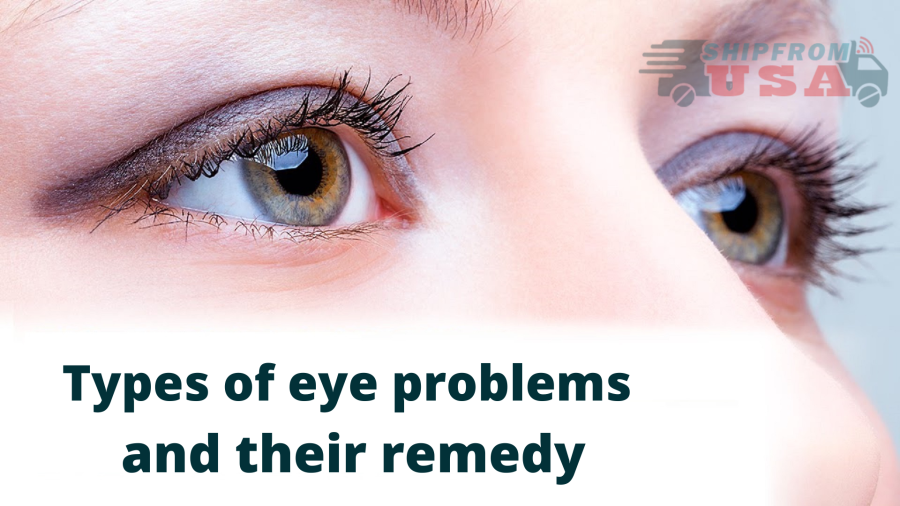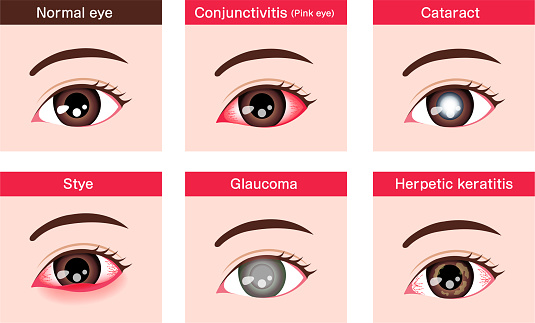Category
- Buy Hydrocodone Online
- Buy Adderall Online
- Buy Adipex Online
- Buy Alprazolam Online
- Buy Ambien Online
- Buy Ativan online
- Buy Carisoprodol Online
- Buy Clonazepam Online
- Buy Codeine Online
- Buy Darvocet Online
- Buy Demerol Online
- Buy Diazepam Online
- Buy Dilaudid Online
- Buy Fioricet online
- Buy Gabapentin Online
- Buy Hydromorphone Online
- Buy Klonopin Online
- Buy Lexapro Online
- Buy Lorazepam Online
- Buy Lorcet Online
- Buy Lortab Online
- Buy Meridia Online
- Buy Methadone Online
- Buy Modafinil Online
- Buy Norco Online
- Buy Opana ER Online
- Buy Oxycodone Online
- Buy Oxycontin Online
- Buy Percocet Online
- Buy Phentermine Online
- Buy Roxicodone Online
- Buy Soma Online
- Buy Suboxone Online
- Buy Subutex Online
- Buy Tapentadol Online
- Buy Tramadol Online
- Buy Valium Online
- Buy Viagra Online
- Buy Vicodin Online
- Buy Vyvanse Online
- Buy Xanax Online
- Buy Zolpidem Online
Recent Post
- What are the Risks of Buying Prescription Drugs Online
- Humira: A Comprehensive Guide to the Popular Arthritis Medication
- Mydayis: The Ultimate Solution for ADHD
- Can you give your Dog Xanax for Fireworks
- How many mg is White Xanax Bar have?
- How to overcome Anxiety and Panic attacks?
- What is Ativan used for?
- What are Alprazolam and its side effects?
- Difference between Ativan vs. Valium
- What is the Difference Between Dilaudid and Oxycodone?
Categories
- Adderall (2)
- ADHD (3)
- anxiety (11)
- chronic pain (8)
- depression (11)
- eye health (1)
- Health News (101)
- Insomnia (6)
- pain (13)
- pain medication (10)
- Psoriasis (1)
- skin disease (1)
- Weight management (1)

Types of eye problems
There are various types of eye diseases and vision problems. Some don’t have any cure, but many others are treatable. You can assist your eye condition by following a healthy lifestyle and seeing your eye care expert regularly or when your vision changes.
According to CDC, about 3.4 million people across the United States of age 40 or above meet the definition of legal blindness, which means visual acuity of 20/200 or less in the better-seeing eye field of 20 degrees or less or have corrected vision.
Approximately 7 percent of children of the USA under age 18 have been diagnosed with an eye problem or condition. About 3 percent of children under age 18 are blind or whose eyesight is impaired. Vision loss is among the top ten causes of liability in the USA in adults above age 18 and one of the primary disabling conditions in children.
But, the good news is that it is never too late to start taking care of your health. Regular eye checkups and eye examinations can result in early diagnosis. It is the key to correcting or slowing most eye conditions. Always consult your eye care expert if your vision problems last for more than a few days or worsen.
Eye problems are of a wide variety. Glaucoma, Cataract, refractive errors are primary causes of visual impairment and preventable blindness. A cataract is the common cause of blindness, accounting for 66.2 percent of cases of blindness and 80.7 percent of cases of severe visual impairment followed by refractive error and glaucoma.
What are the primary causes and symptoms of eye problems?
- Infection, vitamin deficiency, genetics, allergy, chemical irritants, smoking, etc., are some of the common causes of eye diseases.
- Glaucoma: too much production of aqueous or obstruction of its outflow from the eye causes an increase in the intraocular pressure can lead to glaucoma. Over the period, high eye pressure can cause irreversible nerve damage and vision loss.
- Cataract: Etiology could be hereditary, aging, dietary deficiency of vitamin E, C, B, and protein, and UV-rays,
- Xerophthalmia: It is the most common cause of blindness in children and is also caused due to deficiency of vitamin A
Symptoms that demand immediate consultation include:
- Blurred vision.
- Severe eye pain.
- Floaters.
- Change in vision or sudden vision loss.
- The foreign body inside eye to eye.
- Watery or red eyes.
Types of eye problems and their remedy

Refractive errors
It is the most common vision problem across the United States. It includes hyperopia, myopia, presbyopia, and astigmatism between 40 to 50. The symptoms of refractive error include a blurred vision for near objects, distant objects, or both, irritation, headache, or itching.
Refractive errors can be corrected through contact lens eyeglasses; in some cases, surgery is required.
Cataract
It is the clouding in the eye’s lens and results in blindness worldwide, and it is the leading cause of vision loss in the USA. Due to various reasons, the problem of cataracts can occur at any age due to multiple causes and can also be present at birth. The symptoms of cataracts include sensitivity to light, cloudy vision, double vision, or poor vision at night.
The treatment of cataracts is widely available; access barriers such as treatment cost, patient choice, lack of awareness, and insurance coverage prevent many people from receiving the proper treatment.
Diabetic retinopathy
It is a common complication of diabetes and a leading cause of blindness in most American adults. Diabetic retinopathy is characterized by progressive damage of the retina’s blood vessels and light-sensitive tissue at the back of the eye that is important for good vision. The symptoms of this condition include blurred vision, double vision, and loss of sight.
You can correct diabetic retinopathy through laser treatment, management of diabetes, and surgery. The risk of DR is also reduced through disease management, including reasonable blood sugar control.
The early stage of diagnosis and timely treatment minimizes the risk of vision loss.
If you notice any difficulty in your vision or constant irritation, immediately take the consultation of your health care professional at your convenience.
How to protect our eyes from mobile and computers?
Eye strains from mobile and computers are a more common problem today than ever because everybody uses screens virtually in daily life. While not everyone uses computers every day, some people do use smartphones. Some experts say that this type of vision problem occurs in about 50 percent of computer users, which cause dry eyes, watery eyes, or vision problem. When you use digital tools all day for work, many symptoms arise for prolonged periods.
So, let us look at how we can protect our eyes from digital screens.
Rule 20/20/20
A human eye is not designed for staring all day at something directly in front of you. With the rule 20/20/20, you may give your eyes much-needed relaxation during a long working schedule. If you look at the screens for 20 minutes, you must look at something at least 20 feet away from you for 20 seconds. The longer you look way, though you will feel better.
Decrease blue light
Blue lights are of short wavelengths and are also known for causing damage to the eye by reducing the blue light using special glasses or reducing the color temperature of your screen. It is ideal for prolonged use.
Adjust screen settings of the smartphone
It is easy to forget that your mobile screen can be customized because it looks fine straight out of the box. Every person has a different eye form. However, all smartphones allow you to change the brightness, contrast, and text settings.
Decrease your phone’s brightness when you are at home and turn on the automatic brightness settings to let your phone adjust the brightness according to the environment. You can increase the size of the text to make reading easier.
How to maintain eye health with exercise?
Here are some different eye exercises that you can try at home depending on your needs.
Focus change exercise
It works by challenging your eye focus. It should be done from a seated position.
First, hold your pointer finger a few inches away from your eye to do this exercise, and now focus on that finger. Slowly move your finger away from your face and hold your focus. Now look out for a while, into a distance, focus on your outstretched finger, and slowly bring it back towards the eye.
Now again, look away and focus on something in the distance. Repeat this exercise three times.
Figure-eight exercise
It should be done from a seated position as well. To do this exercise:
- Pick a point on the floor approximately 10 feet before you and try to focus on it.
- Trace a mythical figure of eight with your eyes.
- Keep tracing figure eight for 30 seconds and then switch the direction. This exercise will help to stable your focus.
Vitamins for eye health
The eyes are a complex organ that needs many nutrients and vitamins to function correctly. Here are some nutrients and vitamins that may help maintain your eye health.
Vitamin E
Most eye conditions are associated with oxidative stress, which occurs due to the imbalance between free radicals and antioxidants in your body. It is a potent antioxidant that helps you to protect the cells, including your eye cells, from damage by free radicals.
The experts advise a diet that includes adequate vitamin E to maintain eye health. Some foods rich in vitamin E include seeds, cooking oils, and nuts. Avocado, Salmon, and leafy greens are also good sources of vitamin E.
Riboflavin
It is another vitamin B that is related to eye health. It is an antioxidant that can reduce oxidative stress in your body, including your eye.
Riboflavin is found in oats, yogurt, milk, and beef.
Foods for eye health
Eating meals that include veggies, fruits, and lean protein is enough to ensure most people get the proper nutrients for eye health. Foods that help maintain eye health include eggs, beef, sweet potatoes, carrots, leafy greens, citrus fruits, seeds, nuts, and fish.
People who cannot get these nutrients from the diet should consult an eye specialist about other eye health supplements.
Bottom line
Your vision and eye are one of the precious senses gifted from god. Because seeing the world’s beauty is so necessary, a simple eye problem can significantly impact your overall well-being. If you have severe eye issues, consult an eye specialist.
Written by
Festive Offers
Use Coupon Code SALE10
Product categories
- Buy Adderall Online
- Buy Adipex Online
- Buy Alprazolam Online
- Buy Ambien Online
- Buy Ativan online
- Buy Carisoprodol Online
- Buy Clonazepam Online
- Buy Codeine Online
- Buy Darvocet Online
- Buy Demerol Online
- Buy Diazepam Online
- Buy Dilaudid Online
- Buy Fioricet online
- Buy Gabapentin Online
- Buy Hydrocodone Online
- Buy Hydromorphone Online
- Buy Klonopin Online
- Buy Lexapro Online
- Buy Lorazepam Online
- Buy Lorcet Online
- Buy Lortab Online
- Buy Meridia Online
- Buy Methadone Online
- Buy Modafinil Online
- Buy Norco Online
- Buy Opana ER Online
- Buy Oxycodone Online
- Buy Oxycontin Online
- Buy Percocet Online
- Buy Phentermine Online
- Buy Roxicodone Online
- Buy Soma Online
- Buy Suboxone Online
- Buy Subutex Online
- Buy Tapentadol Online
- Buy Tramadol Online
- Buy Valium Online
- Buy Viagra Online
- Buy Vicodin Online
- Buy Vyvanse Online
- Buy Xanax Online
- Buy Zolpidem Online

Leave a Reply